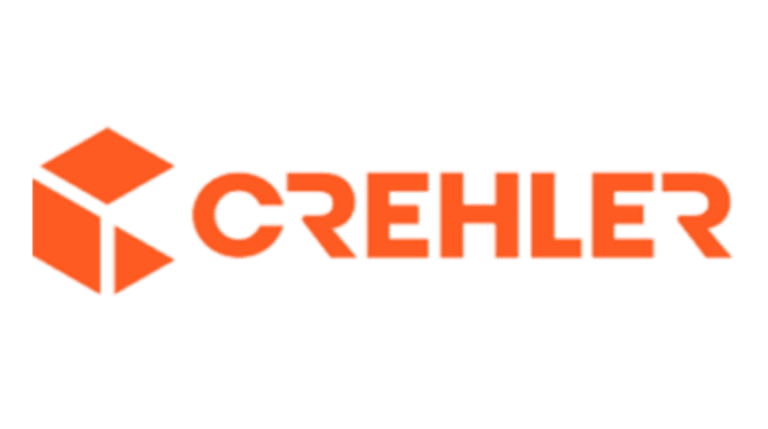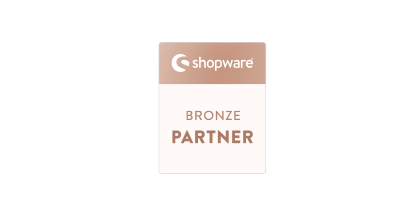In the ever-evolving landscape of business technology, making the right choices of e-commerce solutions can be pivotal to your organization’s success. When it comes to your software infrastructure, one crucial decision you may face is whether to stick with open-source solutions or transition to cloud-based or on-premise systems.
We will delve into the benefits of each solution, helping you determine when and why a transition might be beneficial. So, let’s embark on this journey to explore the advantages of moving from open-source to cloud or on-premise solutions.
Understanding open-source e-commerce solutions
Before we delve into the advantages of transitioning from open-source solutions, let’s first get a clear idea of what open-source software actually means.
Open-source software is characterized by its accessibility, as the source code is publicly available and can be modified and redistributed by anyone. While open-source solutions offer certain benefits, such as cost-effectiveness and flexibility, they also come with a set of challenges, including potential limitations in scalability, support, and security. Let’s take a closer look at the pros and cons of open-source software.
Pros and cons of open-source e-commerce solutions
Before we explore further, it’s essential to acknowledge that open-source solutions have their own set of advantages and disadvantages. Understanding these aspects will help you determine when open-source solutions are a good or bad choice for your organization.
Advantages of open-source solutions
- Cost-effective
Open-source software is free to use, making it a cost-effective option, especially for small businesses or startups with limited budgets. - Community support
Open-source projects typically have active communities of developers and users who provide support, updates, and enhancements. This can lead to rapid development and bug fixes, but at the same time, it can be also a limitation. Flexibility
With open-source solutions, you have the freedom to access and modify the source code as you wish, giving you a high level of flexibility. This means you can adjust the software to match your exact requirements. - Transparency
With open-source software, you have full access to the source code, providing transparency and visibility into how the software operates. What’s more, the accessibility of the code makes it easier to find and address security issues, which is a significant advantage.
Disadvantages of open-source solutions
- Lack of official support
While open-source communities can provide support, it may not be as comprehensive or reliable as commercial software support. This can be a drawback for businesses with mission-critical applications. - Complex implementation
Customization often requires technical expertise, and implementing open-source solutions can be more complex than using off-the-shelf commercial software. - Limited features
Some open-source solutions may lack advanced features found in commercial alternatives. This can be a limitation for organizations that require specific functionalities, but remember that they can be developed. - Security concerns
While open-source projects can be secure, they may also be susceptible to vulnerabilities if not properly maintained or updated. Security can be a concern for businesses dealing with sensitive data.
When open-source solutions are a good choice
- Limited budget
Open-source solutions are an excellent choice when budget constraints are a primary concern, as they offer cost-effective alternatives to commercial software.
- Customization needed
When your organization requires highly customized software to meet specific business needs, open-source solutions provide the flexibility to create tailored solutions. - Active community support
If you have access to a thriving open-source community that can provide adequate support and updates, it can make open-source a suitable choice.
When open-source solutions may not be the best fit:
- Mission-critical applications
For mission-critical applications where reliability, regulatory restrictions and comprehensive support are essential, commercial software may be a better fit. - Lack of technical expertise
If your organization lacks the technical expertise required for complex implementation and customization, open-source solutions may lead to challenges. - Advanced features required
When your business relies on advanced features and functionalities not readily available in open-source alternatives, you may need to consider commercial options.
Advantages of moving to cloud e-commerce solutions
Cloud solutions refer to the delivery of various computing services, including storage, databases, servers, networking, software, analytics, and more, over the internet or “the cloud.” These services are hosted and managed by third-party cloud providers, such as Amazon Web Services (AWS), Microsoft Azure, or Google Cloud Platform (GCP). Adopting cloud solutions offers numerous advantages for businesses of all sizes and industries.
Let’s explore the key benefits of migrating from traditional on-premise setups to cloud-based alternatives.
Scalability
One of the primary advantages of transitioning to cloud solutions is scalability. Cloud providers offer flexible infrastructure that can easily adapt to your organization’s changing needs. Whether you experience rapid growth or seasonal fluctuations in demand, cloud resources can be adjusted accordingly, ensuring optimal performance without major investments in hardware or infrastructure upgrades.
Automated updates and maintenance
E-commerce platforms require consistent updates and maintenance to ensure optimal performance and security. Cloud providers handle these tasks, including software updates, security patches, and server maintenance. This frees your e-commerce team from routine maintenance, allowing them to focus on strategic initiatives and improving the customer experience.
Disaster recovery and redundancy
In e-commerce, data loss or downtime can be catastrophic. Cloud providers offer robust disaster recovery solutions and data redundancy. Your e-commerce data is stored across multiple data centers, reducing the risk of data loss due to hardware failures or unforeseen events. Quick and automated backups ensure minimal disruption to your e-commerce operations.
Advantages of moving to on-premise e-commerce solutions
While cloud solutions have been making headlines in recent years, traditional on-premise solutions continue to be a crucial part of many businesses’ IT infrastructure. On-premise solutions, as the name suggests, involve deploying and managing software, servers, and other IT resources within an organization’s physical premises or data centers. This approach offers its set of advantages and is favored by organizations with specific needs and preferences. In this section, we will delve into the advantages of choosing on-premise solutions.
Full control over e-commerce solutions
On-premise solutions grant you complete control, allowing you to implement custom security measures, configurations, and compliance standards tailored to your e-commerce needs.
Security and privacy
On-premise solutions offer heightened security and privacy, as your e-commerce data remains within your physical boundaries. This reduces exposure to external threats, ensuring the protection of customer information and transaction data.
Performance
On-premise solutions provide dedicated hardware and network resources, ensuring high-speed data processing and low latency. This performance advantage translates to a seamless shopping experience for your customers.
When to consider the transition
The decision to transition from open-source to cloud or on-premise solutions should be driven by your organization’s specific needs and goals. Consider making the transition when:
- Security and compliance are paramount
Open-source solutions, while customizable, can be vulnerable to security breaches if not diligently maintained. If your e-commerce operations involve handling sensitive customer data and require robust security measures, a transition to more secure cloud or on-premise solutions may be desirable. - Cost predictability is essential
If you prefer predictable, upfront costs and have the financial resources to invest in on-premise infrastructure, this model may align with your budgetary preferences. - Compliance requirements
E-commerce businesses dealing with specific compliance standards, such as GDPR or PCI DSS, may find it challenging to maintain compliance with open-source solutions. Transitioning to solutions that offer compliance features and support can simplify adherence to regulatory requirements. - Unpredictable costs
Open-source solutions often require ongoing development, maintenance, and third-party integrations, leading to unpredictable costs. If your e-commerce financial planning relies on more predictable and stable expenses, transitioning to cloud or on-premise solutions with transparent pricing models may be advantageous. - Long-term business goals
As your e-commerce business evolves and sets its sights on long-term growth, transitioning from open-source solutions can align your infrastructure with your future business goals, ensuring scalability, security, and compliance as you expand.
Conclusion
In summary, moving from open-source solutions to cloud or on-premise systems in e-commerce is a big decision. It should match your business’s specific needs and goals. Open-source is flexible and budget-friendly, while cloud and on-premise offer scalability, security, data control, and long-term growth potential.
To start this journey toward a stronger e-commerce setup that suits your future needs, assess your current situation, think about your goals, and pick the solution that fits best.
GET IN TOUCH
Looking for the solution that fits you the most?
If you’re considering the transition or need expert advice on your e-commerce strategy, our team is here to help. Contact us to explore how we can create a solution that matches your e-commerce needs.






